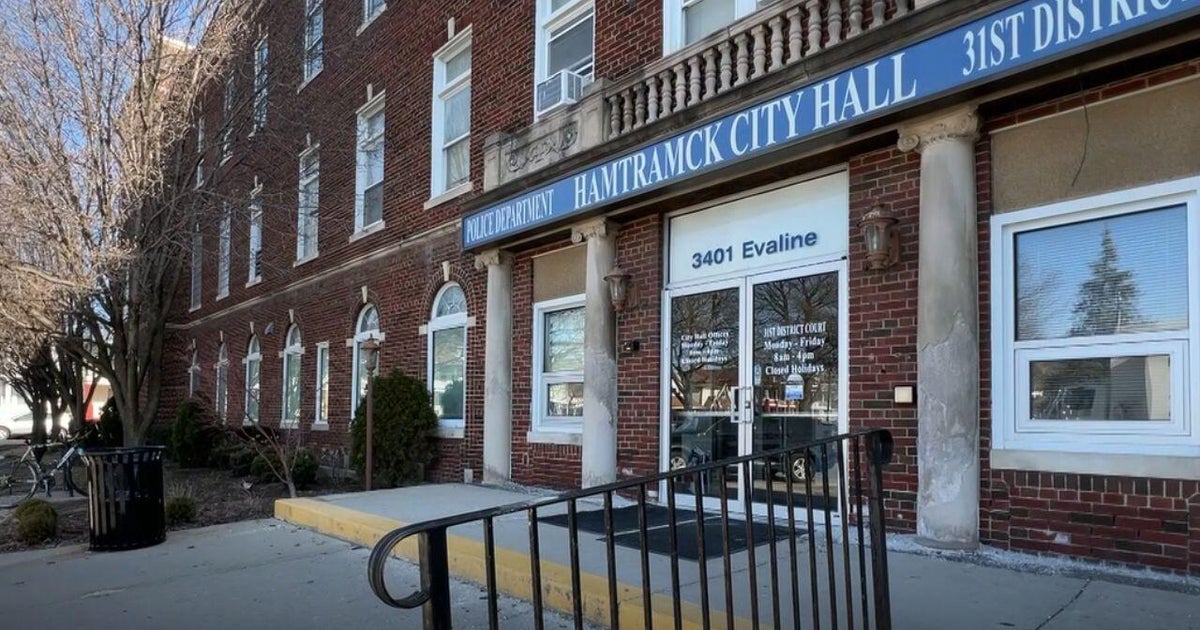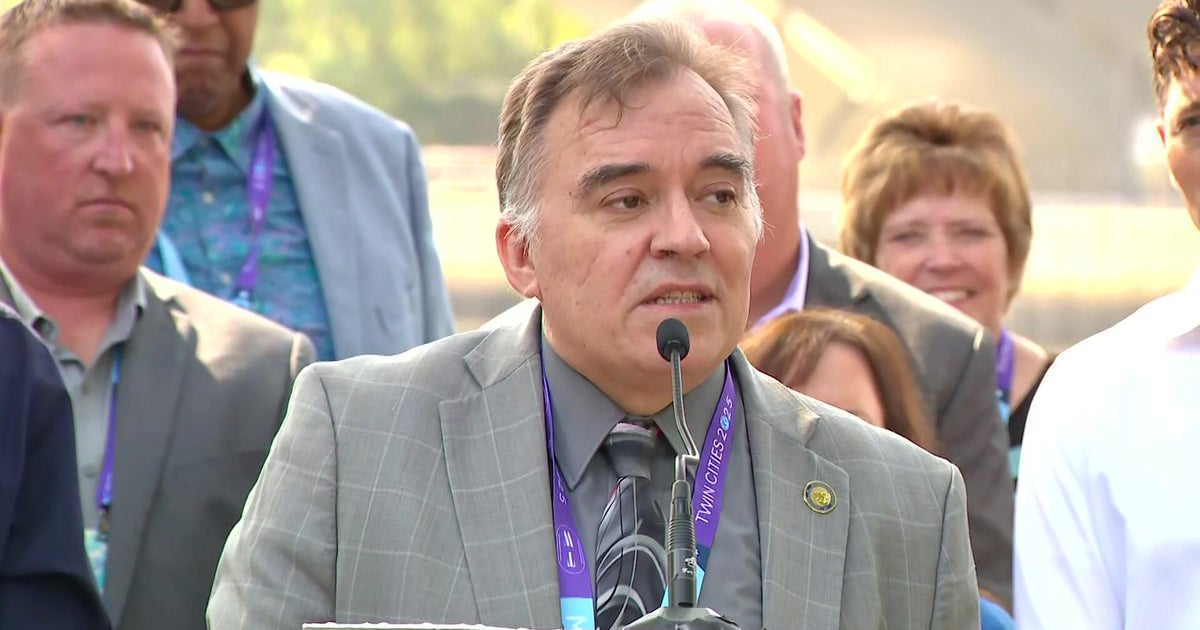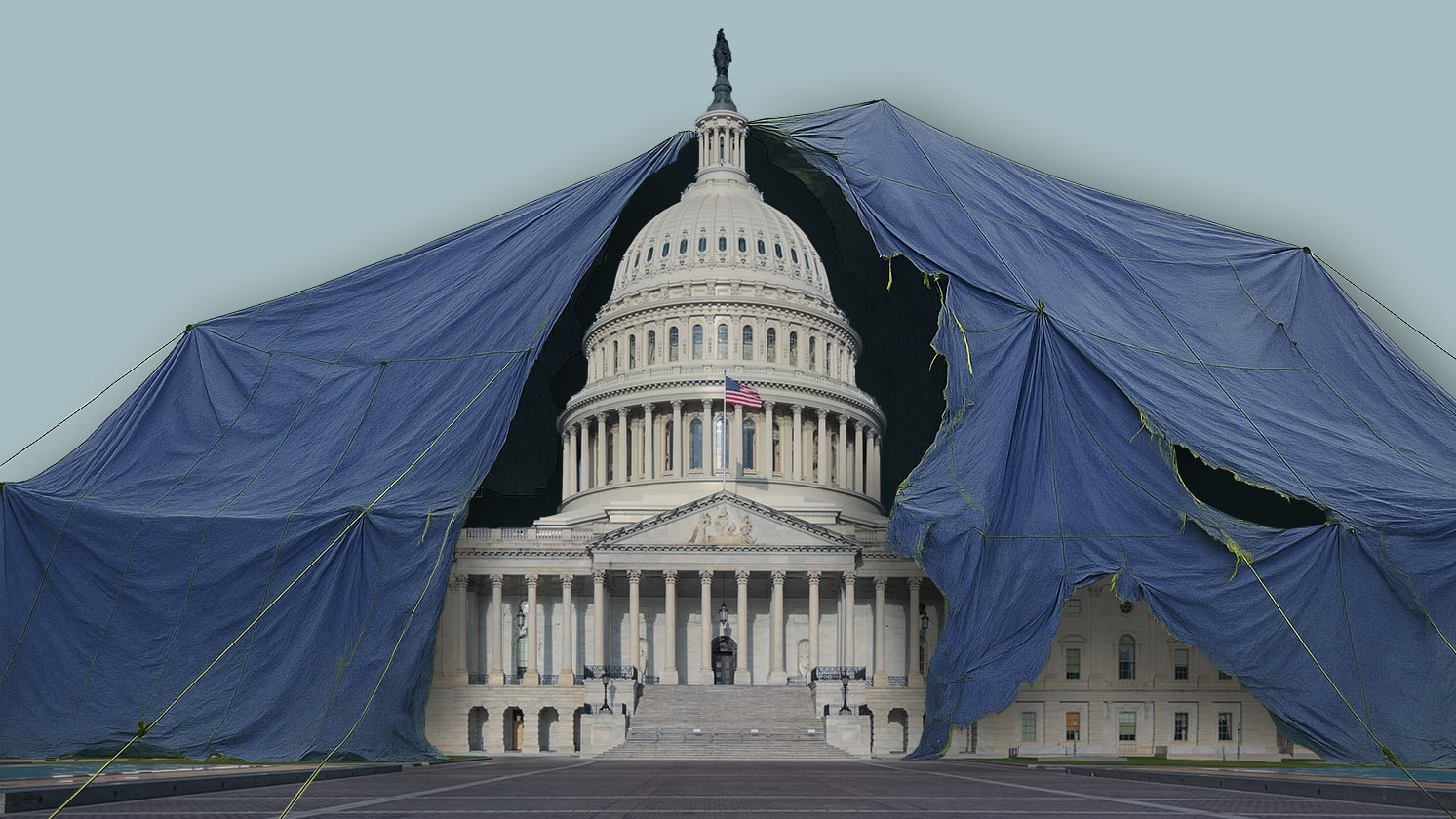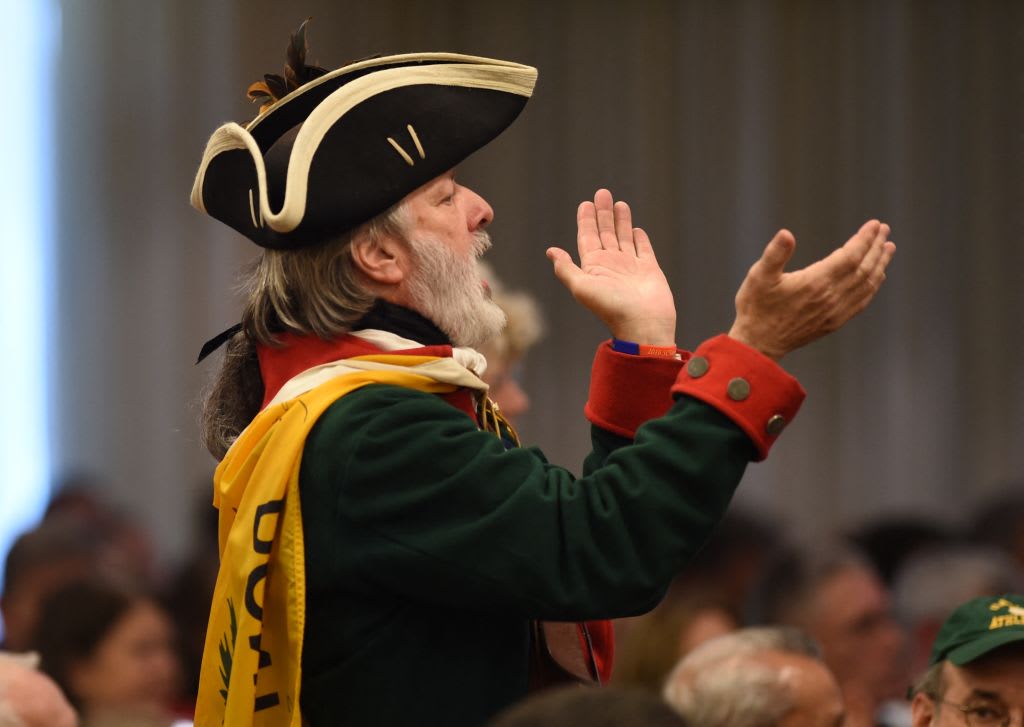How do the Nevada caucuses work?
Nevada will be the third state to hold a primary contest on Saturday, February 22, but voters in the Silver State had a chance to choose their candidates during a round of early voting from February 15 to 18. If early voting is any indication, turnout could be high: 70,000 Nevada Democrats cast early ballots, whereas in 2016, 84,000 total turned out for the Democratic caucuses in the state.
As was the case in Iowa, Nevada voters choose their preferred primary candidate through caucuses. However, there are some key differences between the two contests, and Nevada will be looking to prove it can competently carry out a caucus process after the Iowa Democratic Party's mayhem this year.
Candidates' performance in the state's four congressional districts will determine the 23 district-level delegates, and their statewide results will determine how many of the 11 at-large and "pledged elected official" delegates they receive. In total, Nevada sends 48 delegates and 3 alternates to the Democratic National Convention in the summer.
If you're going to be caucusing in Nevada or just interested in the process, here's how it works:
How do the caucuses work?
Any person who is registered to vote in Nevada and will be 18 years old by November 3, 2020 is eligible to vote in the Nevada caucuses.
The state Democratic Party held early voting, which ended Tuesday, as well as the caucuses on the Las Vegas Strip for shift workers and the traditional caucuses in the precincts.
- Early voting: There were four days of in-person early voting from February 15 to 18. These early voters used ranked-choice voting, meaning that they ranked their top candidates in order of preferences. All early-vote participants were required to pick at least three and up to five candidates and rank them in order of preference.
- Strip caucuses: Businesses in Las Vegas employ a large number of Nevada voters, so the so-called strip caucuses allow workers who may not be able to make it to a precinct caucus to still participate in a caucus closer to their places of work. Like the traditional caucuses, the strip caucuses will occur on February 22. The party has used strip caucuses since the Nevada caucuses were established in 2008.
- Traditional caucuses: In the traditional caucuses, which will take place in over 250 locations across Nevada, participants will fill out a presidential preference card with their first choice for president. If your first-choice candidate doesn't attract a certain threshold of support from the caucus-goers (which is known as reaching the "viability threshold"), you can "realign," that is, pick another candidate who already has the minimum support necessary or join other voters to help someone else become viable.
The early votes will be added to the mix during the first vote tally. After the initial tally, any supporters who received less than a certain threshold for the vote will be eliminated, and voters can shift to different candidates. This is where the ranked-choice voting comes in: for those early voters, the second and third preferences will be taken into account if their first preference falls short of the minimum threshold and is "nonviable."
To win delegates, a candidate must meet the viability threshold in the precinct caucuses. For precincts electing four or more delegates, the threshold is 15%. For those electing two delegates, the threshold is 25%. For those electing three delegates, the threshold should be one-sixth of the attendees.
The Nevada Democratic Party will load raw early vote totals by candidate for each precinct using a secure tabulation method. Precinct chairs will receive iPads that are pre-loaded with the new tool to tabulate the vote. To determine viability in each precinct, the chair will add the total number of in-person attendees to total number of early vote participants to determine viability.
Will Nevada use an app, too, as Iowa did? No. It's a "caucus calculator.
No. The state party said last week that it was scrapping its plan to use the app used in Iowa. It insists that the new tool was not an "app," like the abandoned software created by Shadow, the developer at the heart of the delayed Iowa caucus results.
According to a memo from the party, it's not called an "app" because it's a "Google web form," now called a "caucus calculator." Early vote data will be relayed to precinct chairs either by paper or through the caucus calculator.
"NV Dems can confidently say that what happened in the Iowa caucus last night will not happen in Nevada on February 22nd," state party chair William McCurdy II said in a statement.
"We will not be employing the same app or vendor used in the Iowa caucus. We had already developed a series of backups and redundant reporting systems, and are currently evaluating the best path forward."
In fact, the reporting process is set up to be fairly low-tech. In memos released to the press and in caucus training sessions, chairs have been instructed to report results on the day of the caucuses by calling a "reporting hotline" with a secret passphrase and texting a photo of their documents to the state party.
Can we expect any chaos on the day of the caucuses?
Possibly. Multiple campaigns told CBS News last week that they have received little information about the new tool, despite the state party's public insistence that they have "maintained a high level of communication with campaigns at every step of the way."
The party did not disclose the identity of the developer behind the new tool Saturday, but they did tell summit attendees a team of "security experts" were working with the state party to roll out the tool.
Before the Shadow-developed apps were scrapped, multiple Democrats complained that county parties were struggling to muster enough trained volunteers required to run all the caucus sites. However, according to Thursday's memo, the party says volunteers are quickly being trained on the new calculator, and there are enough volunteers to run "successful" caucuses. Hands-on training has begun and will continue for the rest of the week, and the state party has also released training slides to aid volunteers.
With just two weeks until Caucus Day, the party is also short some 1,000 caucus chairs across the state. Some volunteers are bracing to potentially host two caucuses at once at their sites if there are not enough volunteers.





